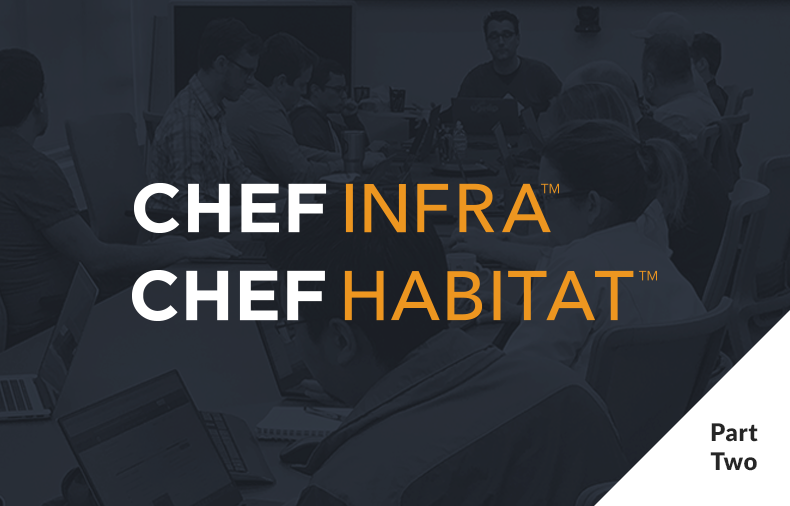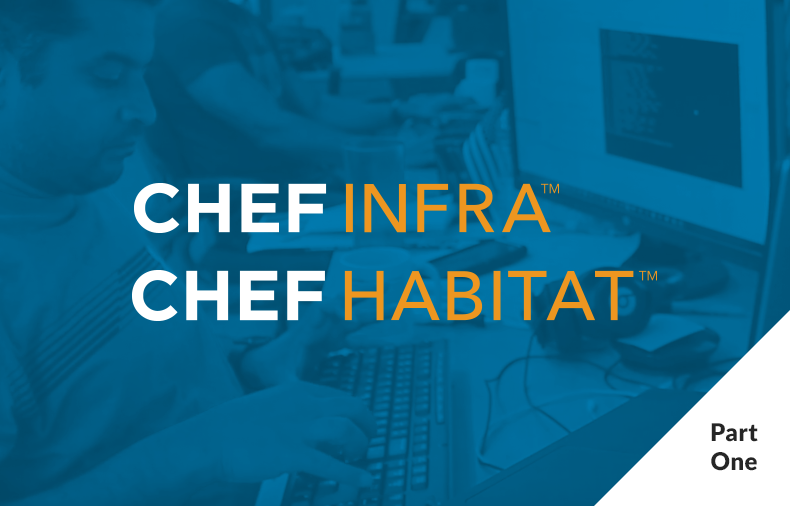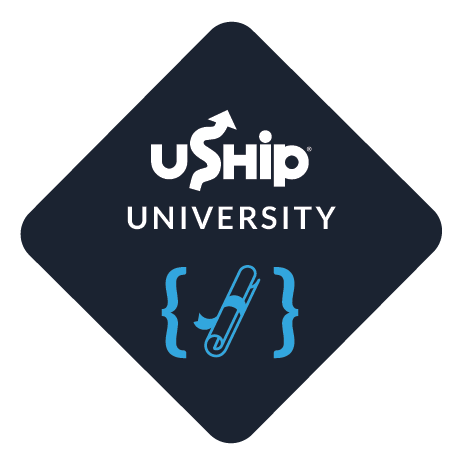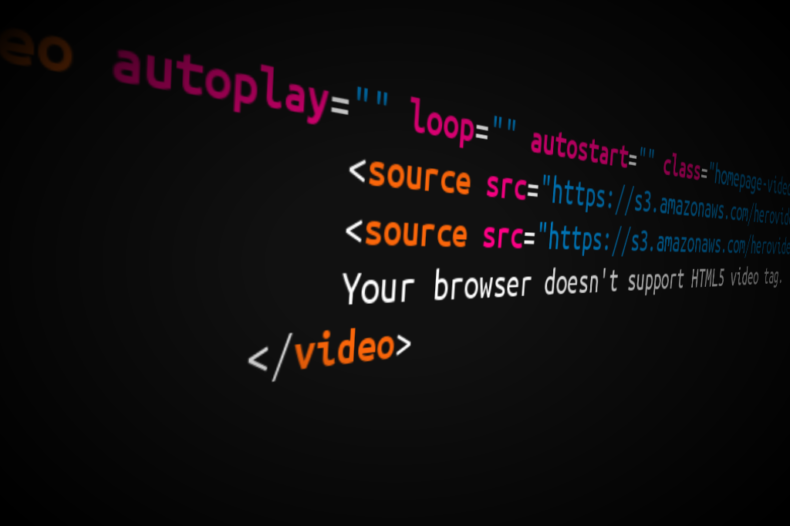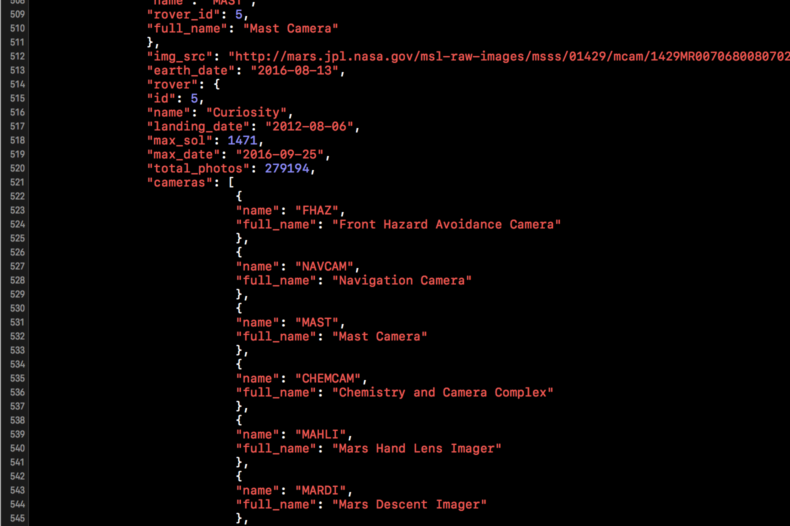This is Part 2 of a series. Please make sure and read Part 1 before continuing. Deploying Habitat In Part 1 of this series, we generated a new “webserver” cookbook, built a Habitat package with it and then pushed that to the Habitat Builder. Now, we’re going to deploy a Windows server on Amazon Web Services. This server… Read More
